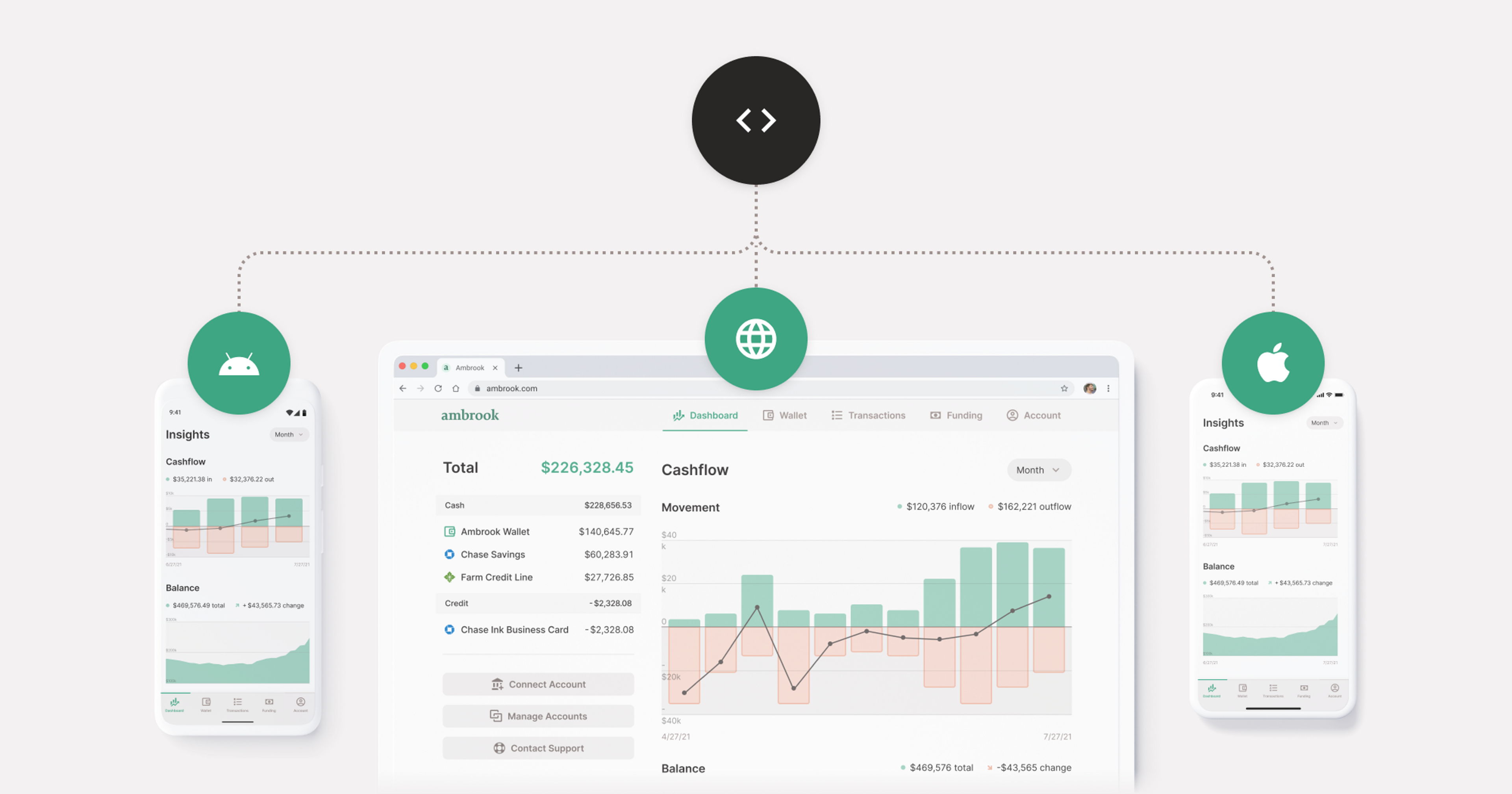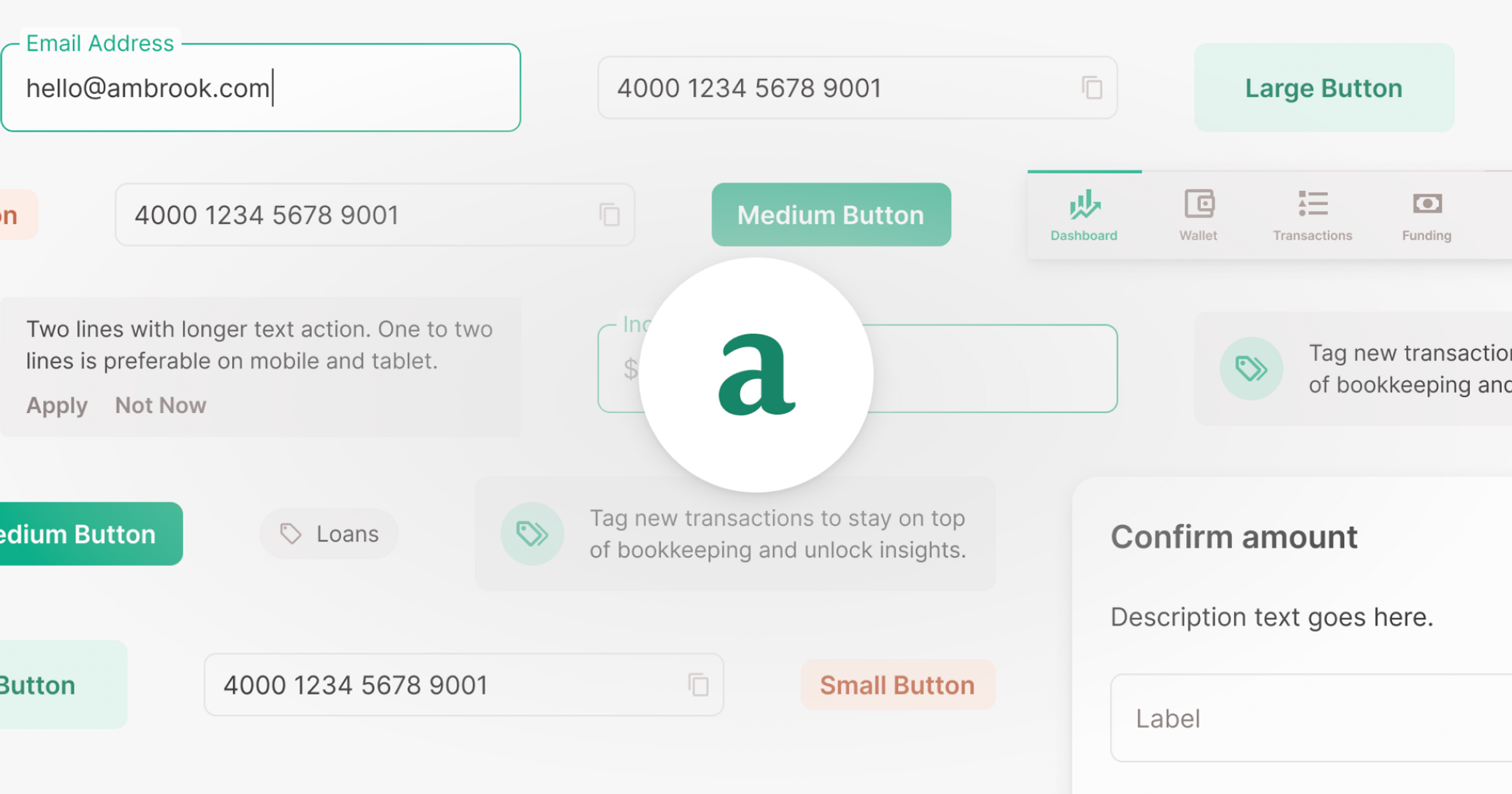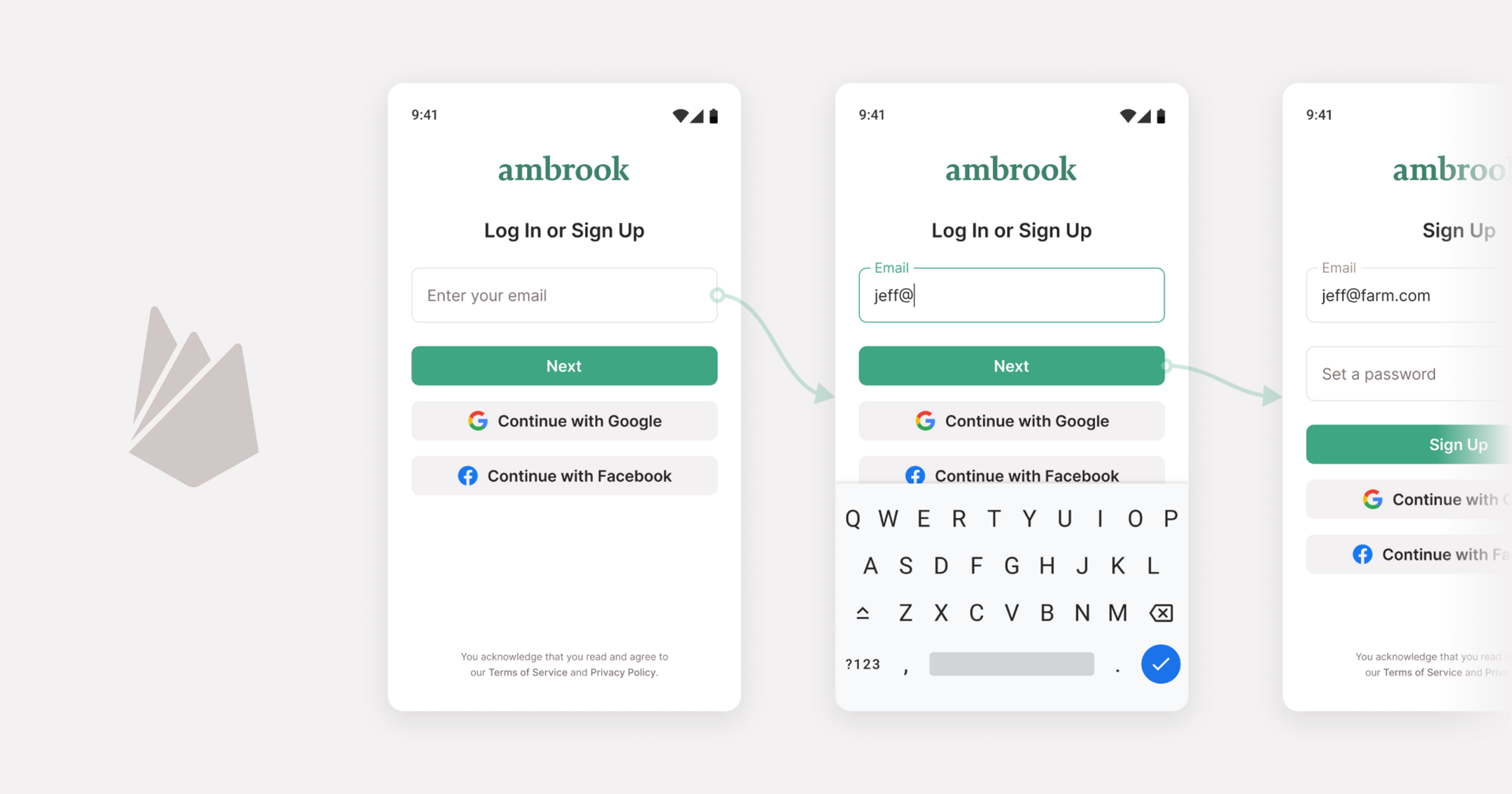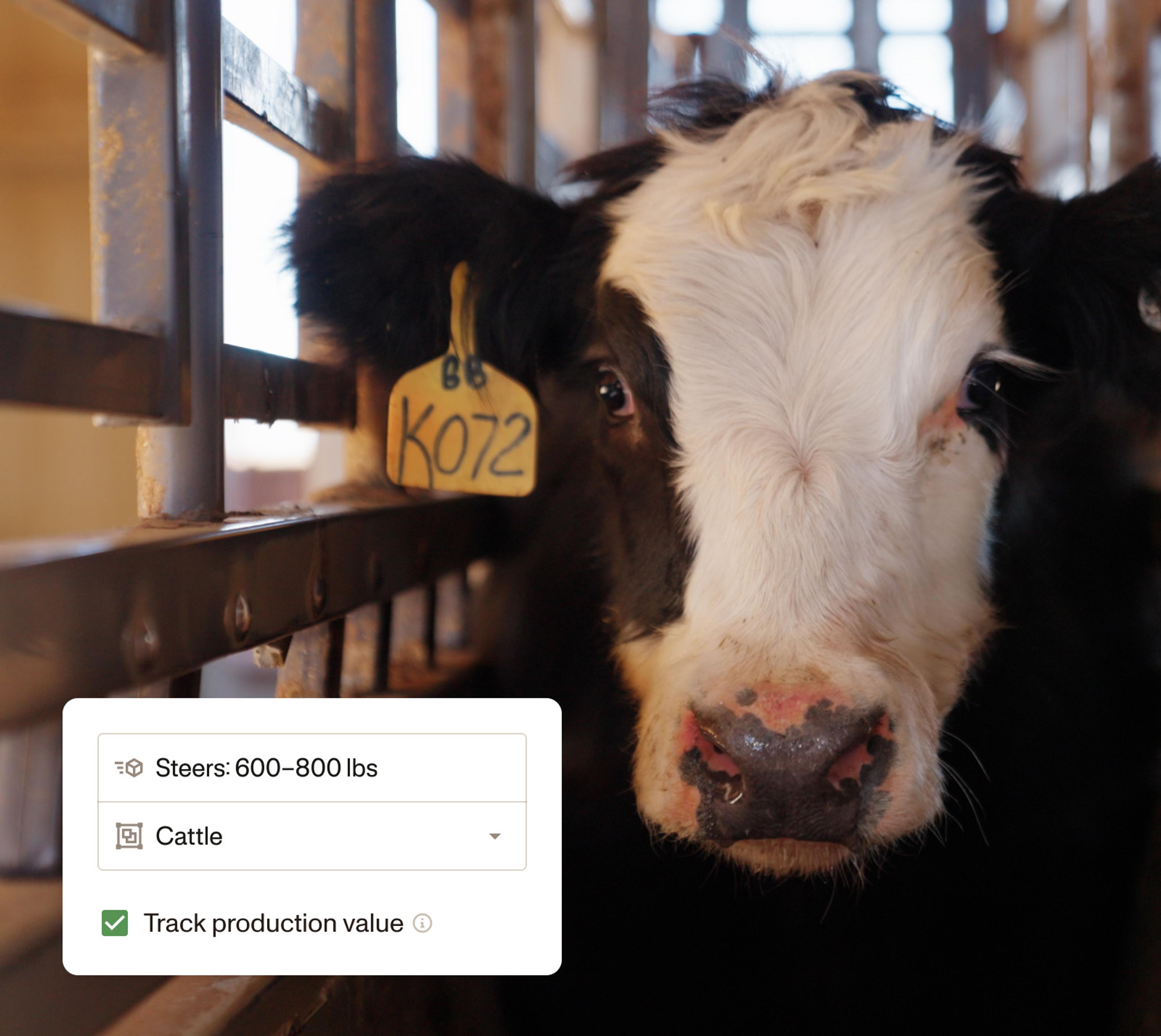Solving real-world problems where paper meets pixels.
The narrative around AI often focuses on groundbreaking advancements and frontier models. Yet some of the most impactful applications lie hidden in plain sight, within the messy, analog workflows of established industries. These are the unglamorous, deeply human problems often ignored by both specialized industry-specific solutions and horizontal fintech platforms.
Generalist teams, equipped with AI, possess a unique advantage in identifying and solving these overlooked challenges. Ambrook’s journey serves as a compelling case study, demonstrating how a small, versatile team can leverage empathy, modern infrastructure, and targeted AI products to address the underserved needs of American farmers and ranchers.
The “Messy Inbox”
American agriculture presents a paradox: Technologically advanced field operations coexist with decidedly analog business practices. While GPS-guided tractors roam the fields, the financial back office often drowns in paper. During visits to farms and ranches nationwide, our team at Ambrook repeatedly encountered a version of “the messy inbox problem.” This is the challenge businesses face when crucial information arrives in multiple different formats, making it slow and difficult to process. Indeed, the physical evidence of this challenge was everywhere: receipts, invoices, and financial documents scattered across truck dashboards, stuffed into shoeboxes, and piled precariously on desks.
All of this paperwork is more than an inconvenience. Producers we spoke with reported spending several days each year wrangling paperwork before any bookkeeping could even begin. This drains valuable time and obstructs financial clarity, hindering critical business decisions.
We recognized this messy inbox problem as a significant market opportunity. Existing solutions fall short: Agtech innovation has largely concentrated on optimizing field operations. And traditional fintech tools often lack an industry-specific focus, forcing producers to shoehorn their operations into generic systems that don’t reflect the realities of agricultural cash flows or cost structures. This misalignment limits the usefulness of the insights these tools provide, leaving producers without a clear financial picture tailored to their unique business cycles.
This all creates a distinct gap where Ambrook, combining agricultural understanding with financial technology expertise, has been ideally suited to step in and provide effective solutions.
Crossing Boundaries With Empathy and AI
Solving the “messy inbox” problem required more than just technology; it demanded a team capable of understanding the business context of ag while effectively wielding modern tools. This is where the power of a generalist team shines. At Ambrook, our team operates fluidly across disciplines. Designers contribute to the frontend, operations writes SQL queries, and everyone participates in product specs. This inherent ability to cross boundaries is crucial. It allows us to blend:
Empathy and Observation: Identifying the messy inbox wasn’t the result of market reports, but of direct conversations and observations, understanding the lived reality of producers.
Software and Operations: Building solutions that integrate smoothly with existing, often non-digital workflows.
Design and Data: Creating user experiences that make complex financial data accessible and actionable.
AI and Practical Application: Leveraging AI not for its own sake, but as a tool to solve a specific, identified problem.
Crucially, our ability to tackle this challenge coincided with a perfect storm of maturing AI technologies. Large language models (LLMs) are becoming more reliable and affordable. Multimodal systems offer new ways to connect visual and textual data.
These weren’t just abstract advancements; they were tools becoming accessible for generalist teams to apply pragmatically. We didn’t need dedicated AI specialists from day one; our lean structure could leverage these advancements through smart infrastructure choices and a focus on practical implementation.
Case Study: Building the Vault
Our solution to the messy inbox problem—what we call the Vault—exemplifies our generalist approach to shipping something small, real, and useful. We try to use the right AI tools at the right time. The Vault serves as a central digital repository for all physical business documents, extracting unstructured data and integrating it into our customers’ financial picture. This product is the culmination of multiple different projects over months that, when put together, directly addresses what to do with all this paperwork.
The process of putting the multiple parts together used an iterative strategy deeply rooted in our generalist strengths:
Starting Small and Real: We first launched a simple receipt upload feature. It was limited—users had to manually match receipts to existing transactions. But its significant usage, despite the friction, validated the core need. This early win, built by our cross-functional team, provided us the confidence to evolve our solution to support unattached receipts and multiple document types.
Leveraging AI Just-in-Time: As we evolved our concept toward the full Vault, we deliberately incorporated AI capabilities where they offered tangible value:
Document Classification and Parsing: Using multimodal AI to automatically identify document types (checks, invoices, receipts) and extract relevant data, reducing manual data entry.
Intelligent Search: Implementing a universal search that allows users to easily retrieve any document or data point, turning literal shoeboxes into accessible digital archives.
Assisted Workflows: Developing features like suggested transaction linking, where AI proposes matches between uploaded documents and bank transactions, which users then quickly verify. This balances the time savings of automation with the need for human oversight and accounting accuracy.
Building on Strong Foundations: Our success relied on key infrastructure investments (like our design system and cross-platform mobile tech) made with future flexibility in mind. Meanwhile tight customer feedback loops ensured development would remain focused on genuine pain points. We didn’t chase the AI frontier; we applied maturing AI capabilities to solve the messy inbox problem we’d seen firsthand.
The Vault’s development showcases our generalist team’s strength: integrating user empathy, pragmatic design, adaptable infrastructure, and the just-in-time adoption of powerful AI tools to deliver concrete value for an overlooked industry need.
The Next Frontier
Our initial success validates the power of generalists wielding AI for industry-specific problems. Now, as we scale, we face new challenges that demand a continuation of this blended approach:
Navigating the Frontier of AI: How do we intelligently integrate increasingly powerful AI, acknowledging its strengths while designing safeguards against its weaknesses—especially where accounting accuracy is paramount?
Moving from Data Entry to Insight: How do we leverage the rich, structured data from our Vault to provide automated financial analysis tailored to agriculture?
Enabling Natural Language Interaction: How can we empower users to automate their unique business processes within Ambrook using plain English instructions?
These challenges require deepening our AI capabilities while retaining our core generalist strengths: cross-domain thinking, user-centricity, and a focus on solving practical problems. It’s about evolving the synergy between versatile human talent and increasingly sophisticated AI tools.
Why It Matters
Ambrook’s journey in agriculture proves a powerful point: Small, adaptable teams of generalists, equipped with modern AI, are well-suited to solve the often unglamorous, industry-specific problems that others miss. While the new wave of AI tools offers incredible potential, realizing that potential takes patience, deep context, and product humility.





